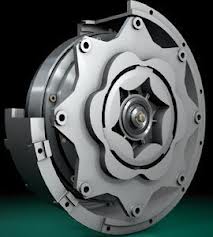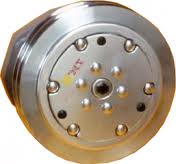Electromagnetic Couplings
Electromagnetic Coupling is a phenomenon common to electrical wiring and circuits where an electromagnetic field in one results in a electrical charge in another. It is often referred to as inductive coupling because the process occurs due to electrical inductance, where a transferring of electromagnetic properties from one location to another occurs without physical contact taking place. In order for electromagnetic coupling to take place, there must be a change in the electromagnetic field that is generating it. For this reason, direct current (DC) devices do not produce the effect, but it is common in alternating current (AC) circuits. The principle of electromagnetic coupling was discovered by Michael Faraday and Joseph Henry in 1831, and is known as Faraday's Law.
When an AC current in a circuit or wire induces a voltage in another wire, it is usually due to the fact that they are both in close proximity to each other, such as in the electrical windings that transformers have. This is not always true, however, and coupling at a distance that is unintentional, called cross talk, can occur with radio and telephone transmissions as well. Intentional electromagnetic coupling is the principle that transformers are based upon, where current can be stepped up or stepped down in voltage in a secondary wire winding based on the current level in a primary winding on the device.
Electromagnetic coupling occurs when source and victim are separated by a large distance, typically more than a wavelength. Source and victim act as radio antennas: the source emits or radiates an electromagnetic wave which propagates across the open space in between and is picked up or received by the victim.Coupling that exists between circuits when they are mutually affected by the same electromagnetic field.

